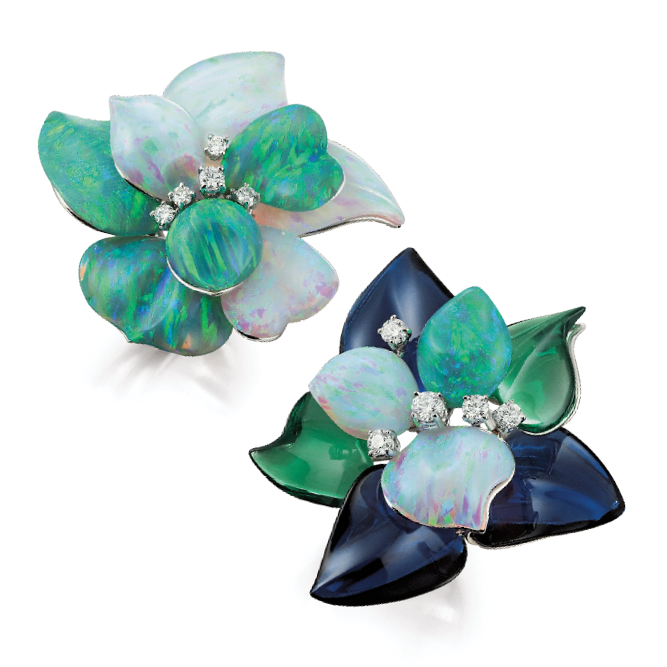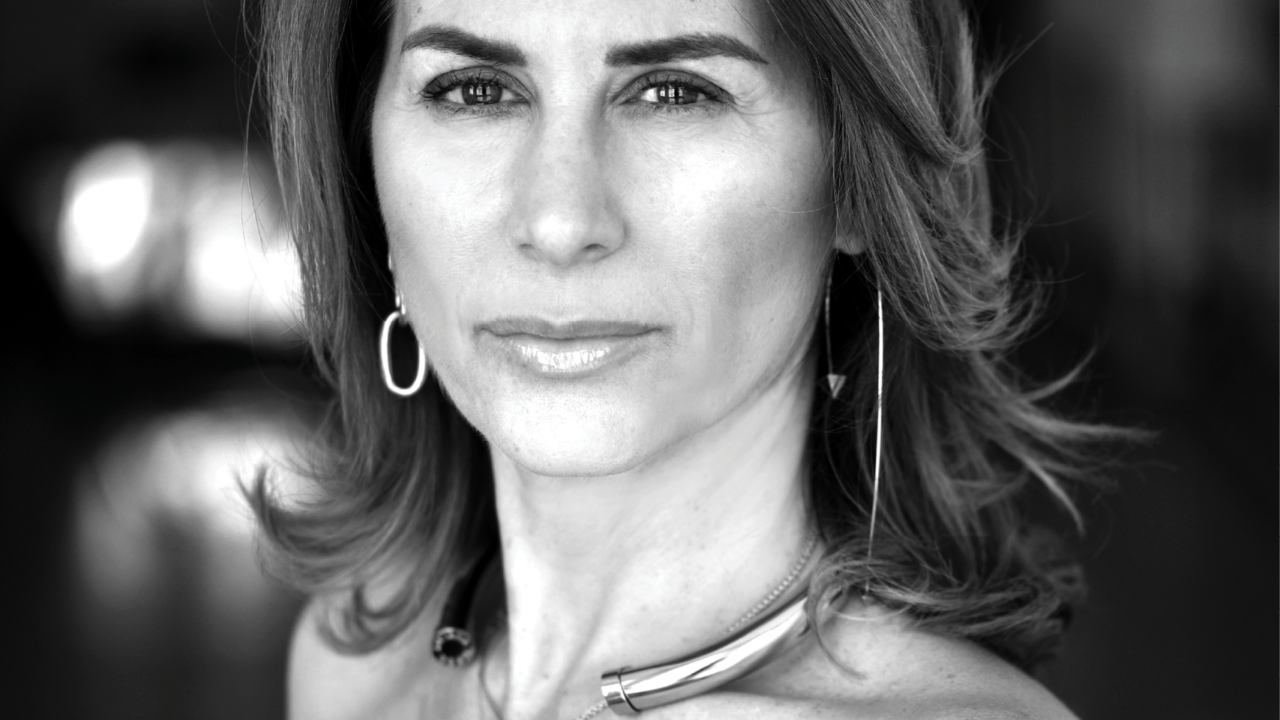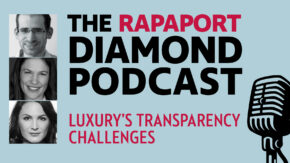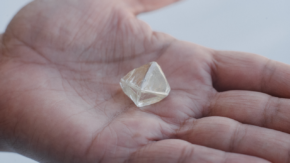Jewelry falls into the category of hard luxury — personal adornments made from enduring and valuable precious metals and stones. But within this segment, consumers have a wide range of choices, from technology-supported pieces to everyday precious accessories to the handmade, one-of-a-kind works of art that fall into the high-jewelry category.
Creating a piece of jewelry, from conceptualization to its retail debut, is a time-consuming process; it may take months to source the right natural gems. The use of precious metals like gold means the piece won’t be easily disposable if it doesn’t sell for a season or two. In this environment, designers, manufacturers and retailers must scrutinize and understand societal shifts and how they affect clients’ purchasing preferences.
Paola De Luca is the creator of The Jewellery Trendbook, a curated annual publication from her Trendvision Jewellery + Forecasting consultancy that predicts which directions the jewelry and design industry is likely to take. Providing insights into emerging styles, colors, materials and design concepts, her work serves as a guide to jewelry professionals.
At the 70th edition of the Vicenzaoro show, which ran from January 19 to 24 in Vicenza, Italy, De Luca launched The Jewellery Trendbook 2025+. Here, she shares some exclusive insights from that latest release.
What do you consider the most noteworthy jewelry trends?
If I have to simplify…I would divide them into three macro trends: urban essentials, craftcore, and story styling. I think these summarize what’s happening in the jewelry industry.
Urban essentials reflect consumer changes and the idea of gender fluidity, but also [other aspects] like age fluidity, which has impacted jewelry in terms of product — so [items like] chains and high-performance simple products, which are versatile because of technological innovations in the manufacturing process.
Let’s call it everyday jewelry, almost an extension of our body…. Essential elements here would be transformable jewelry [and pieces that are] flexible, lightweight. They can be gold, with a predominance of yellow but with different textures and finishes.
People prefer chains and links with geometric, elongated rectangular shapes compared to others. Chains are the must-have, [a change from] a couple of years ago. Versatile links with locks that allow the wearer to change the length of the chain are important.
Craftcore is a collector’s product, limited-edition, one-of-a-kind, related to every culture. Handmade, which is a kind of celebration of techniques from different cultures.
Consumers prefer and treasure jewelry that they can add, remove, or combine with other pieces.
How would you explain story styling?
Story styling is the biggest transformation in the last couple of years and has strongly impacted the jewelry industry. Nowadays, consumers are interested in self-expression. Jewelry is no longer purchased as a set or suite, or [in keeping with] trends dictated by designers.
The most successful companies are those that create jewels which consumers can combine and layer with their own jewelry wardrobe. What really has transformed the jewelry industry is how consumers are styling themselves. Consumers prefer and treasure jewelry that they can add, remove, or combine with other pieces.
For instance, earrings are no longer sold as a pair, but as a single piece, because of different piercings, how people are wearing them, mixing and matching. Individuality and self-expression…are changing how jewelry collections are being conceptualized. The disruption of the merchandising architecture of jewelry collections is the biggest and most relevant phenomenon in the jewelry world.
Can you give us an example of a theme or cultural vibe that jewelry lovers are tapping into in their desire for self-expression?
Tribal jewelry, I think, is a fabulous source of inspiration today. And from Indian culture, like Indian bridal jewelry. African tribal jewelry is also influencing modern pieces. Silhouettes are transforming [from the conventional ring or earring to] ear cuffs or double finger rings, bracelets, necklaces.
Not only Generation X and young millennials, but even older millennials in their late 40s, or Gen X in their 50s, are using jewelry to express themselves as modern tribes. It’s about having a maximalist look by layering smaller pieces.

What are the most innovative jewelry pieces and materials?
Regarding materials, I would say…a mixed medium — from ceramic to different resins, precious and semiprecious gems. Designers are very eclectic, but what [also] came out strongly in the last few seasons was titanium.
Some designers are using aluminum as well, but titanium is extremely popular, especially in the segment of fine jewelry. Colored metal was a niche 10 years ago, but now it’s more popular, especially tone-on-tone or color-contrast. Since the pandemic, color has been more in demand — bright hues in metal and gemstones, [and] colorful enamelwork in jewelry. It’s an explosion of chromatic expression.
Is there a future for natural-diamond jewelry?
We can all see the debate on natural diamonds versus lab-grown diamonds. I think that the actual issue is the consumer’s perception. Of course, natural diamonds will continue to be relevant because of their value, but there is a big controversy about what’s ethical, what’s sustainable, and it is something that each organization is working on to communicate with consumers.
The biggest question is whether mining companies, the large organizations, can communicate at a consumer’s level in their own language. Unfortunately, whether we look at De Beers or any other mining company, they are very far from a consumer’s communication style.
This has resulted in a lot of confusion on whether lab-grown is more sustainable [than] natural diamonds. The long-term vision for natural diamonds will remain, but the way the industry will communicate, cherish and celebrate natural diamonds will be very relevant.
Main image: Paola De Luca. (Paola De Luca)
This article is from the March-April 2024 issue of Rapaport Magazine. View other articles here.
Stay up to date by signing up for our diamond and jewelry industry news and analysis.



